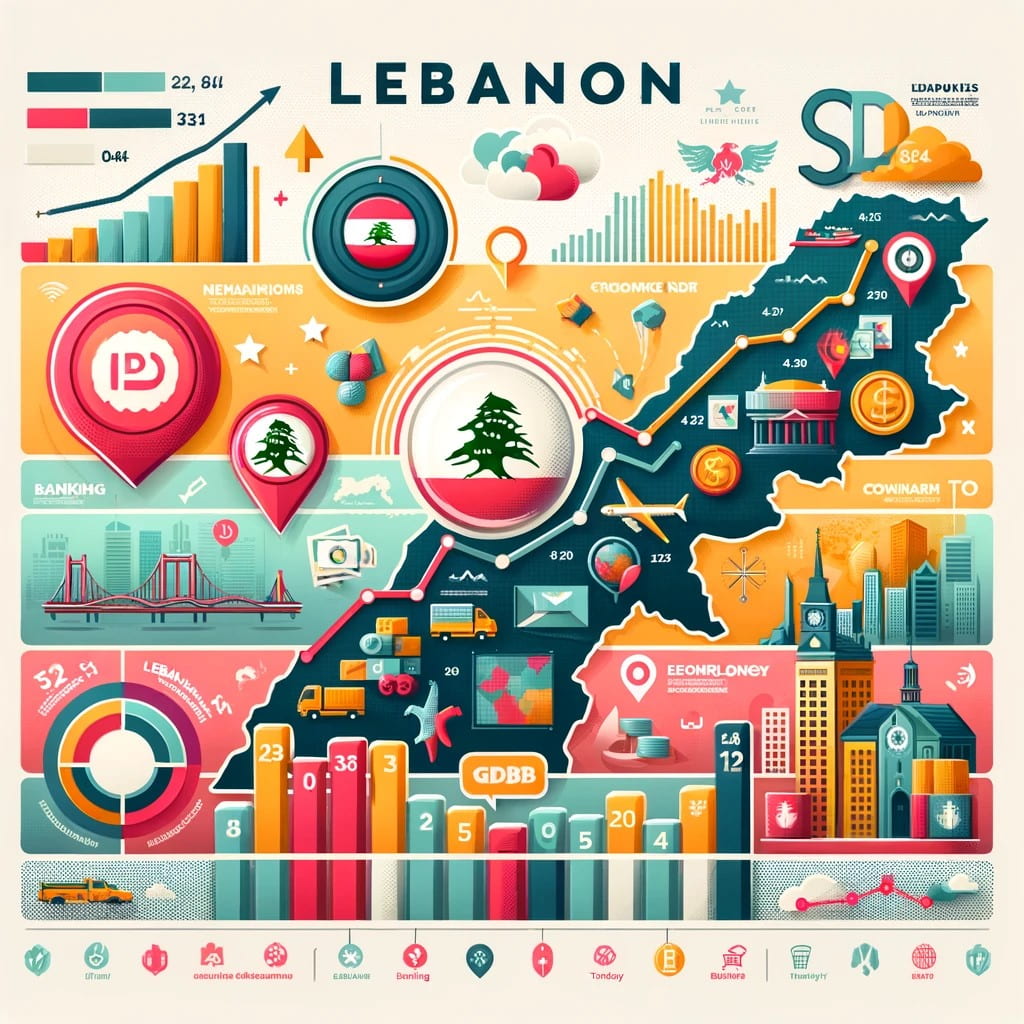In a world where economic resilience is more crucial than ever, Lebanon stands as a testament to the enduring spirit of overcoming adversity. This blog post is a reflection and expansion of those insights, exploring how we can collectively work towards a more robust economy.
The Prelude: Reflecting on Lebanon’s Past Economic Successes
Our journey begins with a look back at Lebanon’s economic landscape, particularly around 2007 and 2008. During these years, Lebanon witnessed a remarkable phase of economic growth, thanks in large part to the collaborative efforts of the government, the central bank, and, crucially, the citizens. This era serves as a beacon of hope and a blueprint for what can be achieved through collective action and strategic economic planning.
The Current Scenario: Understanding the Crisis
Fast forward to the present, and the picture is starkly different. Lebanon faces significant economic challenges, marked by a steep decline in GDP growth, particularly post-2018. The data paints a troubling picture: negative growth rates and a plunging gross domestic savings rate. These indicators are more than mere numbers; they are a reflection of a nation grappling with economic instability.
The Interplay of GDP and Savings: A Dual Focus
A key focus of our analysis is the interplay between GDP growth and savings. A thriving economy typically boosts savings, but the reverse is also true: economic downturns lead to decreased savings due to increased expenditures or borrowing. Lebanon’s current situation, characterized by a combined decline in GDP growth and savings, signals a need for urgent, targeted economic interventions.
Tackling the Crisis: Recommendations for Economic Improvement
The core of our discussion revolves around actionable recommendations to improve Lebanon’s economy. Drawing from past successes and current challenges, these recommendations include:
- Fostering Government and Central Bank Collaboration: Just as in the past, strong cooperation between these entities is vital for implementing effective economic policies.
- Empowering Citizens: Encouraging entrepreneurship, supporting local businesses, and fostering a culture of economic literacy can help citizens contribute more effectively to the nation’s economy.
- Strategic Economic Planning: This involves revisiting fiscal policies, exploring new avenues for economic diversification, and investing in sectors that can drive sustainable growth.
Conclusion: A Call to Action
As we stand at this critical juncture in Lebanon’s economic history, it’s imperative that we learn from our past, understand our present, and actively work towards a better future. The journey ahead is fraught with challenges, but also filled with opportunities for growth and resilience. It’s a journey that requires the collective effort of every Lebanese citizen, policy-maker, and stakeholder. Together, we can steer Lebanon towards a path of economic recovery and prosperity.

Insightful analysis of Lebanon’s economy! Thank you for sharing 🙂